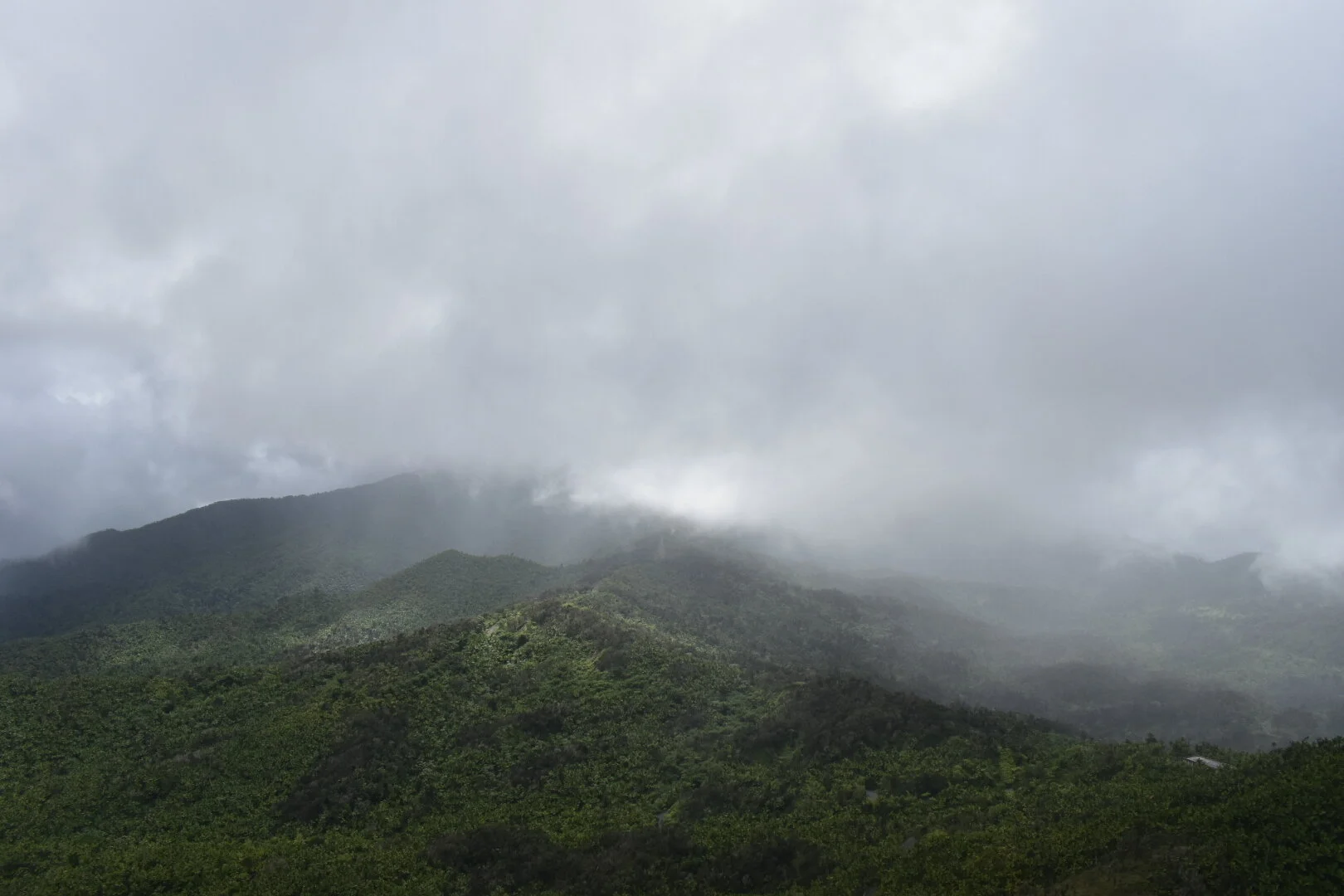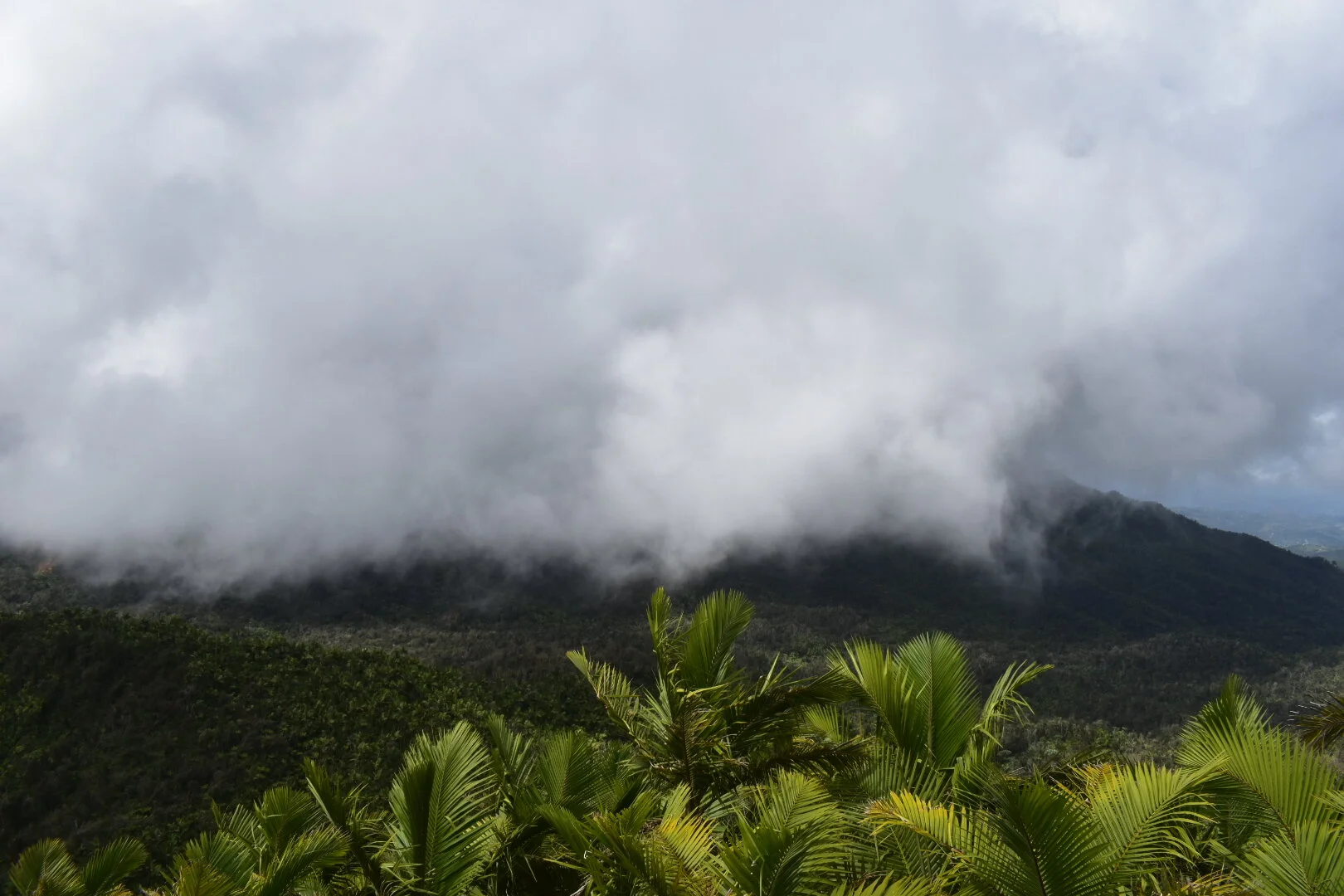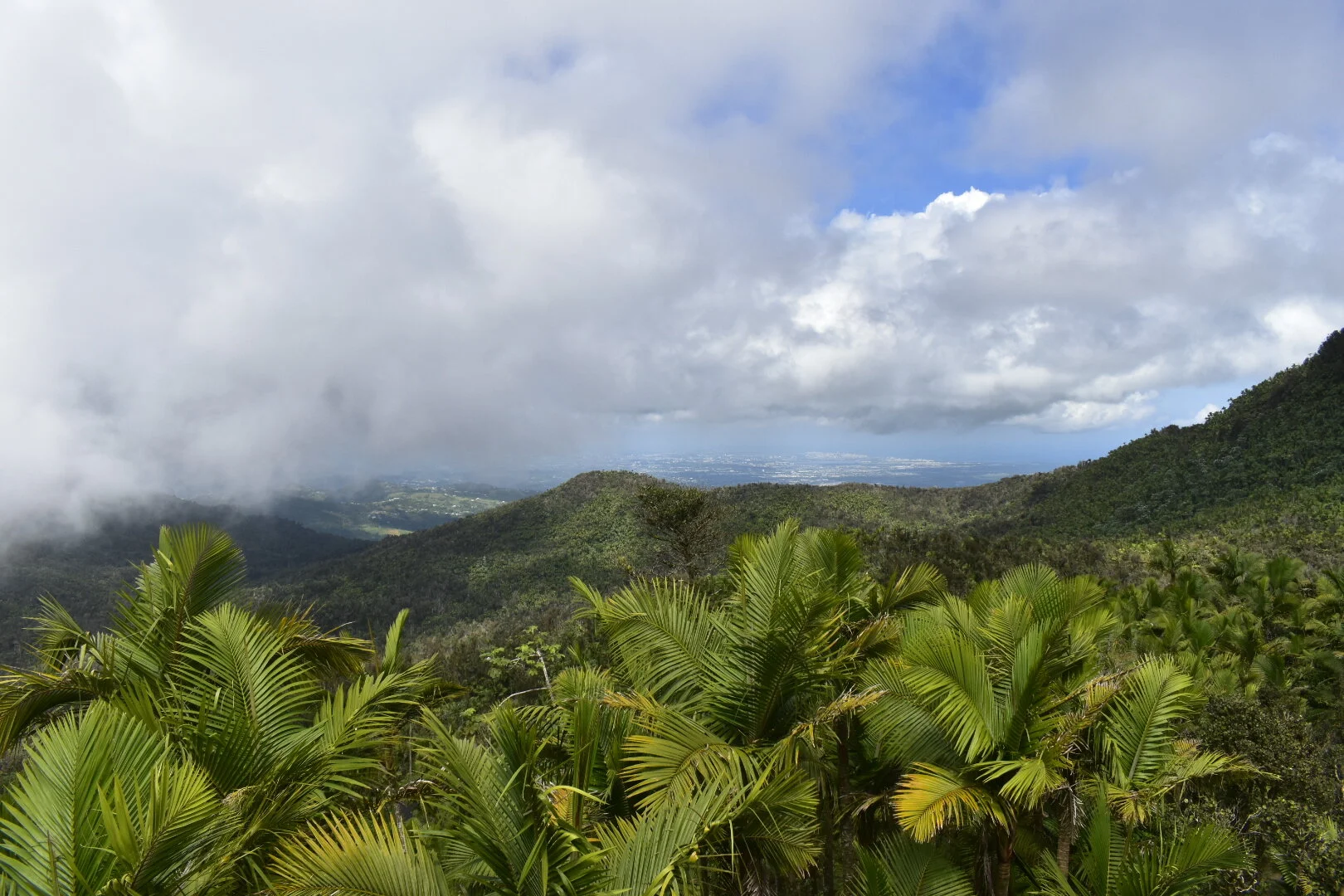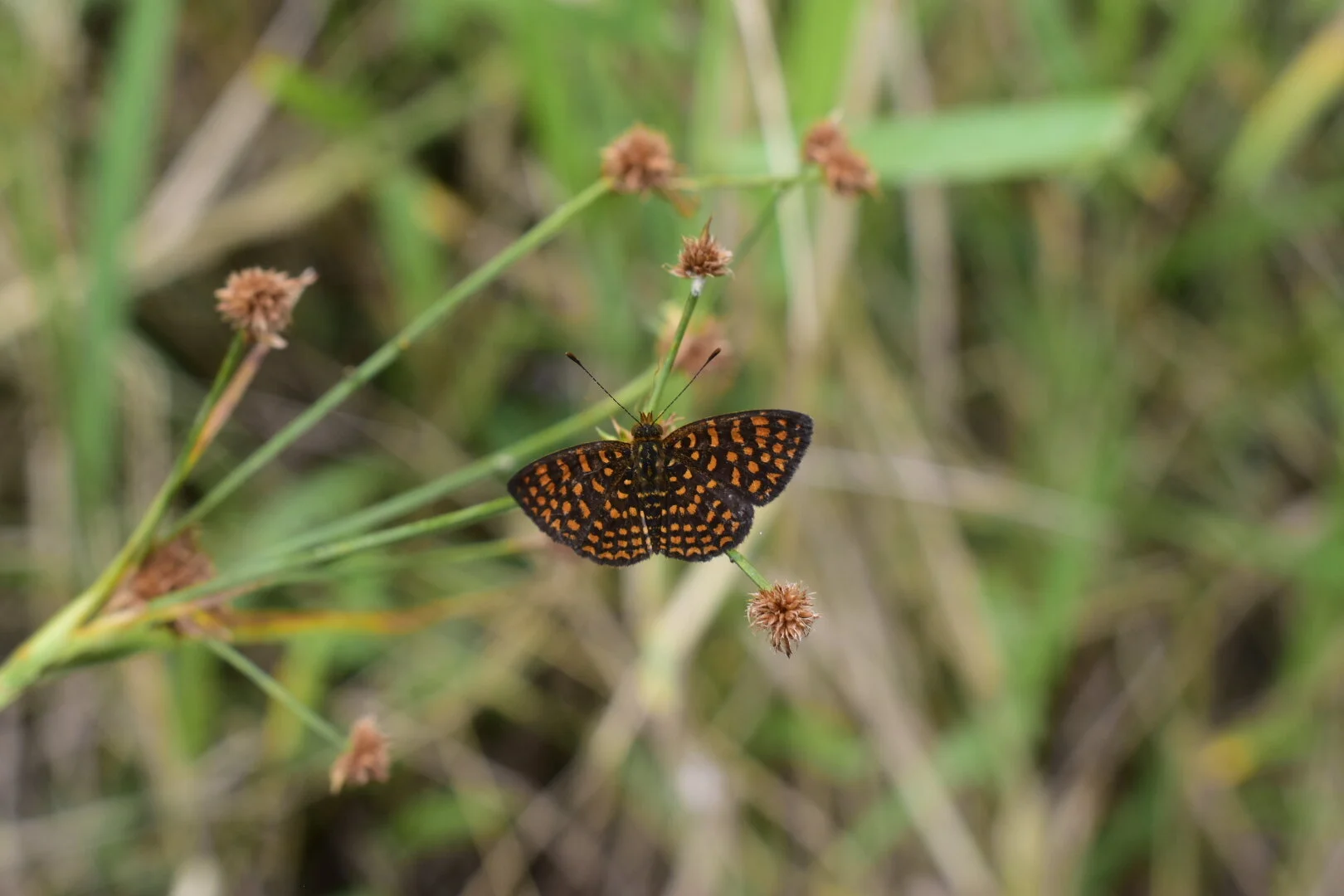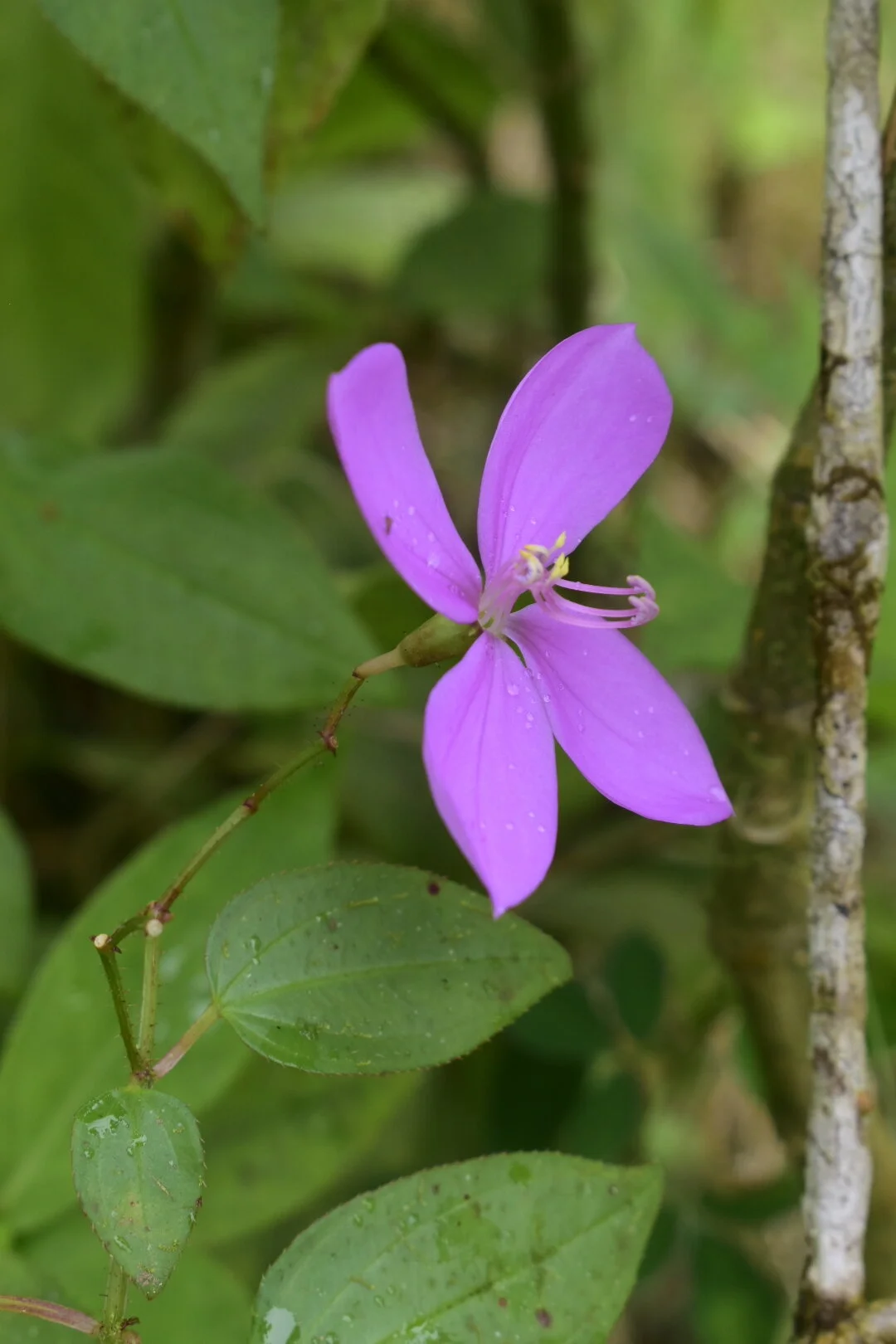How El Yunque National Forest is still recovering from Hurricane Maria
Rebuilding and conservation efforts in El Yunque National Forest, Puerto Rico
We made our way up the winding road of El Yunque National Forest, captivating us at each turn. El Yunque National Forest is located on the Eastern side of Puerto Rico. It is the only tropical rainforest in the United States National Forest System and is home to a variety of flora and fauna.
What makes El Yunque National Forest unique is that it contains endemic species. Endemic plants or animals are only found in specific or isolated ecosystems. The iconic endemic species of El Yunque is the Puerto Rican Parrot with its vibrant green feathers and white markings around the eyes. It thrived in the population before continued colonization of the island but then quickly began to decrease in numbers. It wasn't until 1967 that the Puerto Rican Parrot was put on the Endangered Species List when numbers had reduced to approximately 50 remaining. In 1975, only 13 were known to exist. The Puerto Rican Parrot requires large hollow trees for nesting and many of these trees have been cut down or destroyed in hurricanes.
Hurricanes are natural processes, however more intense storms due to climate change combined with human encroachment have increased the Native Puerto Rican Parrot hardships in maintaining a healthy population. It was noted that 56 parrots were believed to call El Yunque National Forest home before Hurricane Maria. After the hurricane ecologists and biologists searched for remaining survivors but were only able to count a couple of dozen. Conservation efforts were established in the 1960s when numbers had drastically decreased however, it is and has been an ongoing struggle to protect the native wild population.
I longed to see the Puerto Rican Parrot while we were exploring El Yunque National Forest but didn't realize at the time that there were so few remaining. The National Forest still has a lot of work to do to fully be back up and running. While we were there many of the trails were closed due to downed trees and overgrowth. What we could see and experience was stunning. We loved the diverse flowers, butterflies, plants, spiders, and their elaborate webs, and the wonderfully mysterious sounds of the Coqui filling the rainforest.
If you are interested in getting involved there are plenty of volunteer opportunities available within El Yunque National Forest. Before our trip, I had researched volunteer efforts and they had bird counting days, trail maintenance, and a variety of other opportunities. More information can be found on the El Yunque Forest Service website. I am already looking forward to my next trip back to Puerto Rico!


